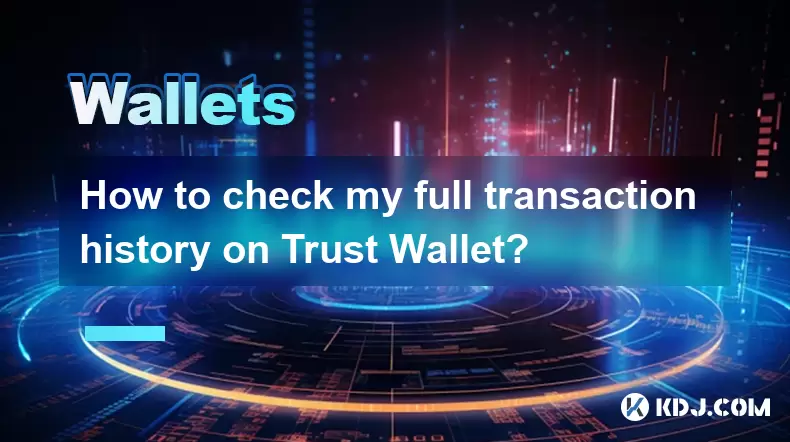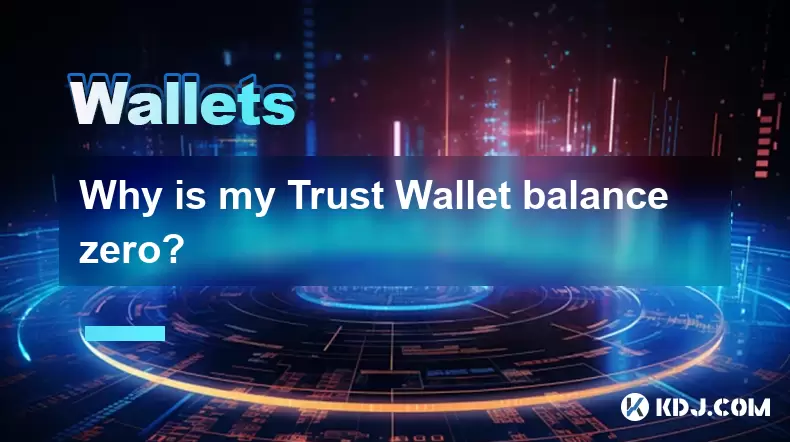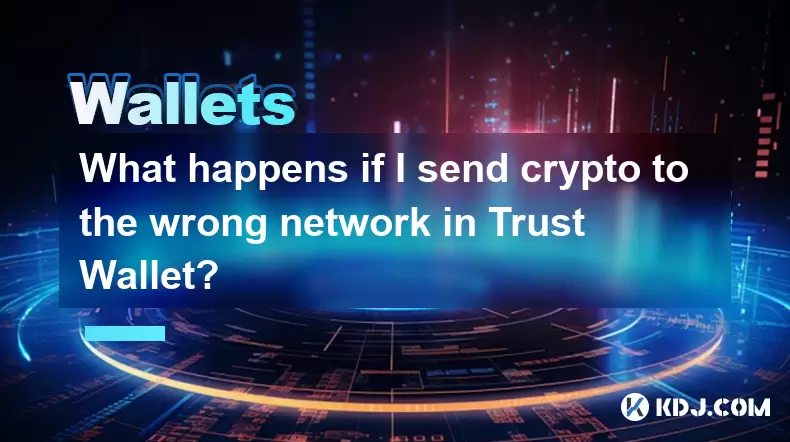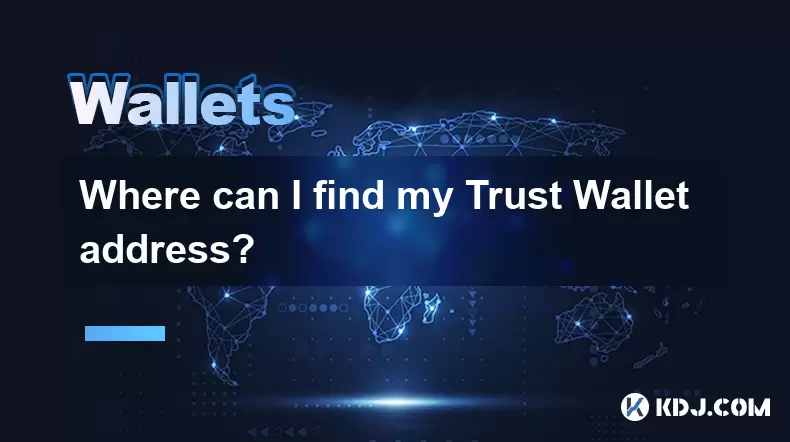-
 Bitcoin
Bitcoin $113900
-1.39% -
 Ethereum
Ethereum $3517
-4.15% -
 XRP
XRP $3.009
1.59% -
 Tether USDt
Tether USDt $0.9997
-0.04% -
 BNB
BNB $766.8
-1.41% -
 Solana
Solana $164.6
-2.38% -
 USDC
USDC $0.9998
-0.02% -
 TRON
TRON $0.3277
0.65% -
 Dogecoin
Dogecoin $0.2023
-1.67% -
 Cardano
Cardano $0.7246
0.05% -
 Hyperliquid
Hyperliquid $38.27
-4.77% -
 Sui
Sui $3.528
-0.52% -
 Stellar
Stellar $0.3890
-0.73% -
 Chainlink
Chainlink $16.16
-2.69% -
 Bitcoin Cash
Bitcoin Cash $539.9
-4.38% -
 Hedera
Hedera $0.2425
-2.00% -
 Avalanche
Avalanche $21.71
-0.97% -
 Toncoin
Toncoin $3.662
5.73% -
 Ethena USDe
Ethena USDe $1.000
-0.02% -
 UNUS SED LEO
UNUS SED LEO $8.964
0.35% -
 Litecoin
Litecoin $107.7
2.33% -
 Shiba Inu
Shiba Inu $0.00001223
-0.40% -
 Polkadot
Polkadot $3.617
-0.97% -
 Uniswap
Uniswap $9.052
-2.49% -
 Monero
Monero $295.1
-3.79% -
 Dai
Dai $0.9999
0.00% -
 Bitget Token
Bitget Token $4.315
-1.85% -
 Pepe
Pepe $0.00001060
0.11% -
 Cronos
Cronos $0.1342
-2.72% -
 Aave
Aave $256.0
-0.87%
How to set up two-factor authentication for your Dogecoin wallet? Ways to increase security?
Set up 2FA on your Dogecoin wallet using Exodus, Dogecoin Core, or Ledger for enhanced security. Also, use strong passwords and regular backups to protect your assets.
May 10, 2025 at 06:43 pm

Setting up two-factor authentication (2FA) for your Dogecoin wallet is a crucial step in enhancing the security of your digital assets. This article will guide you through the process of setting up 2FA for your Dogecoin wallet and discuss additional ways to increase the security of your cryptocurrency holdings.
Understanding Two-Factor Authentication
Two-factor authentication is a security process in which a user provides two different authentication factors to verify themselves. This method adds an additional layer of security to your Dogecoin wallet, making it significantly harder for unauthorized users to access your funds. The two factors typically include something you know (like a password) and something you have (like a mobile device).
Choosing a Dogecoin Wallet
Before setting up 2FA, you need to choose a Dogecoin wallet that supports this feature. Some popular options include:
- Exodus Wallet
- Dogecoin Core Wallet
- Ledger Hardware Wallet
Each of these wallets has different methods for enabling 2FA, so it's important to choose one that aligns with your security needs and preferences.
Setting Up 2FA on Exodus Wallet
To set up 2FA on the Exodus Wallet, follow these steps:
- Open the Exodus Wallet on your computer.
- Click on the settings icon in the bottom left corner of the wallet interface.
- Navigate to the "Security" tab.
- Select "Enable Two-Factor Authentication".
- Choose your preferred 2FA method, such as an authenticator app like Google Authenticator or Authy.
- Follow the on-screen instructions to complete the setup process, which typically involves scanning a QR code with your chosen authenticator app.
Setting Up 2FA on Dogecoin Core Wallet
For the Dogecoin Core Wallet, the process is slightly different:
- Open the Dogecoin Core Wallet on your computer.
- Go to the "Settings" menu.
- Select "Encrypt Wallet" and set a strong password.
- After encrypting your wallet, go back to the "Settings" menu and select "Options".
- In the "Options" window, navigate to the "Wallet" tab.
- Check the box next to "Enable two-factor authentication".
- Follow the prompts to link your authenticator app by scanning the provided QR code.
Setting Up 2FA on Ledger Hardware Wallet
If you're using a Ledger hardware wallet, setting up 2FA involves the following steps:
- Connect your Ledger device to your computer.
- Open the Ledger Live application.
- Navigate to the "Settings" menu.
- Select "Security".
- Enable "Two-Factor Authentication".
- Choose your preferred 2FA method and follow the on-screen instructions to complete the setup.
Additional Ways to Increase Security
Beyond setting up 2FA, there are several other measures you can take to enhance the security of your Dogecoin wallet:
- Use Strong Passwords: Ensure that your wallet password is long, complex, and unique. Avoid using easily guessable information like birthdays or common words.
- Enable Encryption: If your wallet supports it, encrypt your wallet with a strong password to add an extra layer of protection.
- Regularly Update Software: Keep your wallet software and any related applications up to date to protect against known vulnerabilities.
- Use a Hardware Wallet: Consider using a hardware wallet like Ledger or Trezor, which stores your private keys offline and is less susceptible to hacking attempts.
- Backup Your Wallet: Regularly back up your wallet to a secure location, such as an external hard drive or a secure cloud storage service. Ensure that your backup is encrypted.
- Be Wary of Phishing Attempts: Always verify the authenticity of any website or communication you receive regarding your Dogecoin wallet. Phishing attempts are common in the cryptocurrency space.
Implementing These Security Measures
To implement these additional security measures, follow these detailed steps:
Creating Strong Passwords:
- Use a password manager to generate and store complex passwords.
- Ensure your password includes a mix of uppercase and lowercase letters, numbers, and special characters.
- Avoid reusing passwords across different accounts.
Enabling Encryption:
- If using Dogecoin Core Wallet, go to "Settings" and select "Encrypt Wallet".
- Enter a strong password and confirm it.
- Wait for the encryption process to complete.
Updating Software:
- Regularly check for updates to your wallet software.
- Download updates only from official sources to avoid malware.
- Follow the installation instructions carefully.
Using a Hardware Wallet:
- Purchase a reputable hardware wallet like Ledger or Trezor.
- Follow the manufacturer's instructions to set up the device.
- Transfer your Dogecoin to the hardware wallet for secure storage.
Backing Up Your Wallet:
- Use the backup feature in your wallet software to create a backup file.
- Encrypt the backup file with a strong password.
- Store the encrypted backup in a secure location, such as an external hard drive or a secure cloud storage service.
Protecting Against Phishing:
- Always type the wallet's URL directly into your browser rather than clicking on links.
- Verify the authenticity of any communication you receive, especially if it requests personal information or access to your wallet.
- Use two-factor authentication on any email accounts linked to your wallet to prevent unauthorized access.
Frequently Asked Questions
Q: Can I use the same 2FA method for multiple cryptocurrency wallets?
A: Yes, you can use the same 2FA method, such as Google Authenticator, for multiple cryptocurrency wallets. However, for enhanced security, consider using different 2FA methods or apps for different wallets to minimize the risk of a single point of failure.
Q: What should I do if I lose access to my 2FA device?
A: If you lose access to your 2FA device, you should have a backup method or recovery codes provided by your wallet. Always store these recovery codes in a secure, offline location. If you don't have recovery codes, you may need to contact the wallet's support team for assistance, but be prepared for a potentially lengthy verification process.
Q: Is it safe to store my Dogecoin on an exchange with 2FA enabled?
A: While enabling 2FA on an exchange adds a layer of security, it is generally safer to store your Dogecoin in a personal wallet, especially a hardware wallet, where you have full control over your private keys. Exchanges can be vulnerable to hacks and other security breaches, so it's best to minimize the amount of cryptocurrency you keep on exchanges.
Q: How often should I back up my Dogecoin wallet?
A: It's recommended to back up your Dogecoin wallet regularly, especially after significant transactions or changes to your wallet. Monthly backups are a good practice, but consider backing up more frequently if you are actively trading or managing large amounts of Dogecoin.
Disclaimer:info@kdj.com
The information provided is not trading advice. kdj.com does not assume any responsibility for any investments made based on the information provided in this article. Cryptocurrencies are highly volatile and it is highly recommended that you invest with caution after thorough research!
If you believe that the content used on this website infringes your copyright, please contact us immediately (info@kdj.com) and we will delete it promptly.
- Worldcoin, Identity, WLD Price: Decoding the NYC Crypto Buzz
- 2025-08-02 21:10:12
- Shiba Inu: Utility and Community Strength Drive Crypto's Evolution
- 2025-08-02 21:50:12
- Crypto Donations, Trump PAC, and Bitcoin: A New York Minute on Political Coin
- 2025-08-02 20:30:12
- Crypto Market Under Pressure: Bearish Momentum and Rising Volatility Take Hold
- 2025-08-02 20:30:12
- Crypto Market Carnage: Liquidations Soar as Ethereum and Bitcoin Take a Beating
- 2025-08-02 21:55:12
- DeFi Token Summer Gains: Is Mutuum Finance the Real Deal?
- 2025-08-02 18:30:12
Related knowledge

What is a watch-only wallet in Trust Wallet?
Aug 02,2025 at 03:36am
Understanding the Concept of a Watch-Only WalletA watch-only wallet in Trust Wallet allows users to monitor a cryptocurrency address without having ac...

How to switch between networks in Trust Wallet?
Aug 02,2025 at 12:36pm
Understanding Network Switching in Trust WalletSwitching between networks in Trust Wallet allows users to manage assets across different blockchains s...

How to check my full transaction history on Trust Wallet?
Aug 02,2025 at 09:24am
Understanding Transaction History in Trust WalletTrust Wallet is a widely used non-custodial cryptocurrency wallet that supports a broad range of bloc...

Why is my Trust Wallet balance zero?
Aug 02,2025 at 03:49am
Understanding Trust Wallet Balance Display IssuesIf you're seeing a zero balance in your Trust Wallet despite knowing you've previously received or se...

What happens if I send crypto to the wrong network in Trust Wallet?
Aug 02,2025 at 07:22pm
Understanding Network Compatibility in Trust WalletWhen using Trust Wallet, it's essential to understand that different cryptocurrencies operate on di...

Where can I find my Trust Wallet address?
Aug 02,2025 at 06:07pm
Understanding Your Trust Wallet AddressYour Trust Wallet address is a unique identifier that allows others to send you cryptocurrency. It is a string ...

What is a watch-only wallet in Trust Wallet?
Aug 02,2025 at 03:36am
Understanding the Concept of a Watch-Only WalletA watch-only wallet in Trust Wallet allows users to monitor a cryptocurrency address without having ac...

How to switch between networks in Trust Wallet?
Aug 02,2025 at 12:36pm
Understanding Network Switching in Trust WalletSwitching between networks in Trust Wallet allows users to manage assets across different blockchains s...

How to check my full transaction history on Trust Wallet?
Aug 02,2025 at 09:24am
Understanding Transaction History in Trust WalletTrust Wallet is a widely used non-custodial cryptocurrency wallet that supports a broad range of bloc...

Why is my Trust Wallet balance zero?
Aug 02,2025 at 03:49am
Understanding Trust Wallet Balance Display IssuesIf you're seeing a zero balance in your Trust Wallet despite knowing you've previously received or se...

What happens if I send crypto to the wrong network in Trust Wallet?
Aug 02,2025 at 07:22pm
Understanding Network Compatibility in Trust WalletWhen using Trust Wallet, it's essential to understand that different cryptocurrencies operate on di...

Where can I find my Trust Wallet address?
Aug 02,2025 at 06:07pm
Understanding Your Trust Wallet AddressYour Trust Wallet address is a unique identifier that allows others to send you cryptocurrency. It is a string ...
See all articles

























































































